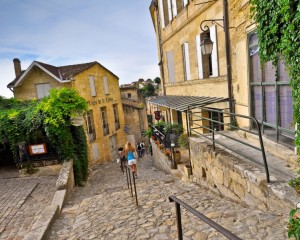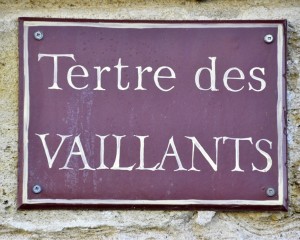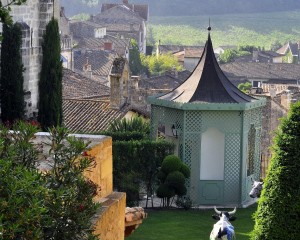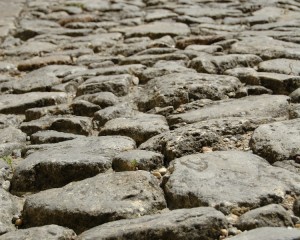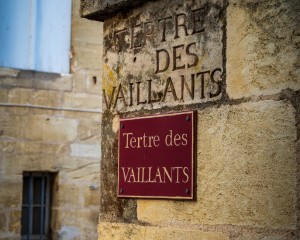A “tertre” is defined as being a hillock of earth, a mound. It takes all his sense in Saint-Emilion where the village naturally provides slopes. The village has indeed successfully adapted itself by shaping its landscape with “tertres” designating these narrow streets of the city, steep and with uneven paving.
Four "tertre" allow to connect the high city to the low city:
As for the origin of the cobblestones, you have to go across the Channel to find out. Further to the marriage of Alienor of Aquitaine and the future king of England, Henry II Plantagenet in 1152, the Guyenne - ancient name of Aquitaine - became English and stayed english until the end of the Hundred Years' War in 1453. Three centuries of domination, during which Kings of England are also dukes of Aquitaine and exercise their power over the region.
So these cobblestones originates from England. Indeed, on each of their boat trips, english people used little cobblestones to ballast their boats. Once they arrived in Aquitaine, the stones where removed, left there and replaced by wine barrels. The stones left on the shoreline of the Dordogne made the happiness of labourers.
Discover the rich heritage of Saint-Emilion during the visit of the city: "Saint-Emilion City Tour".

Grand Saint-Emilionnais Tourist Office
Le Doyenné - Place des Créneaux
33330 SAINT-EMILION

